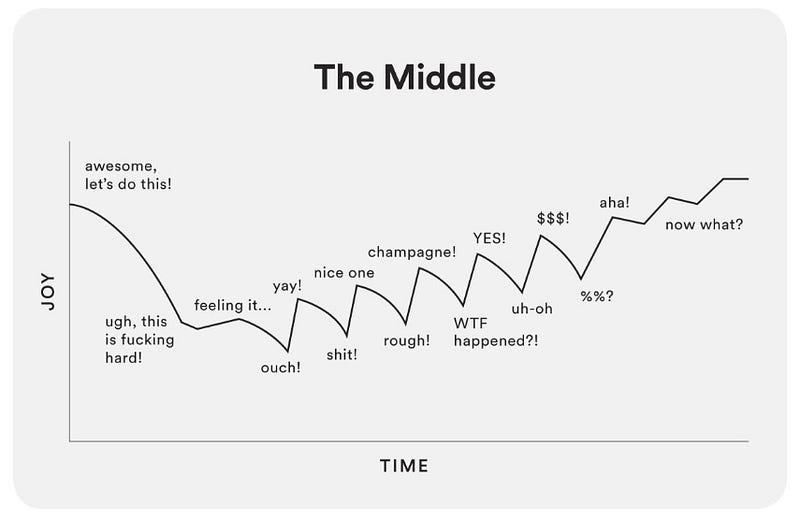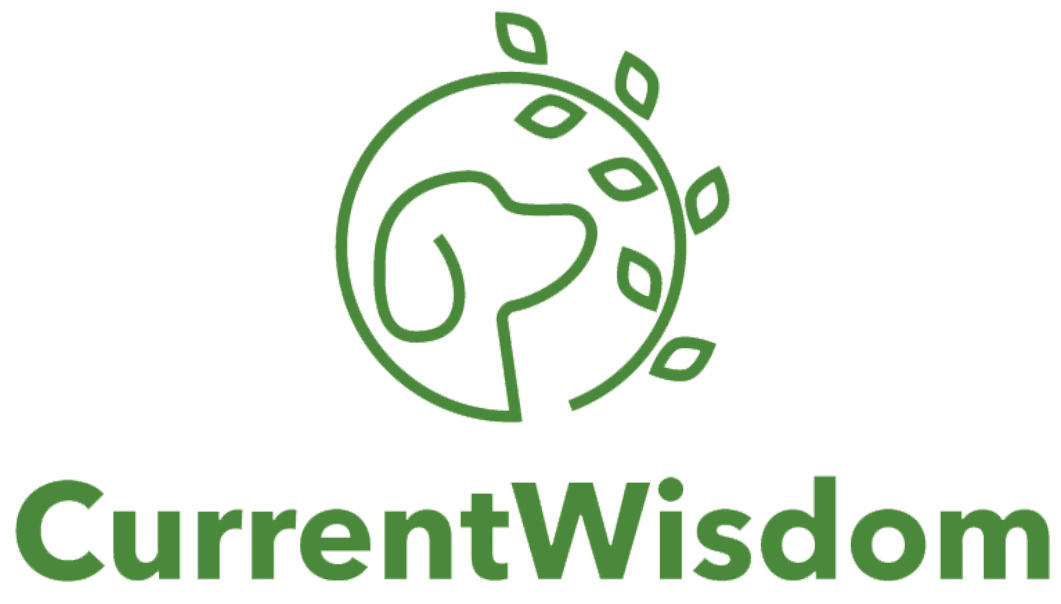Perpetual Motion Machine of Entrepreneurship
When people ask me what's special about Silicon Valley, I answer: “success begets success, and entrepreneurship perpetuates entrepreneurs.”
For any startup ecosystem, there are three phases to its maturation: First Raise; Messy Middle; Repeatable Exits.
First Raise
Before I went to Amazon, I spent a lot of time flying around the US meeting and speaking to entrepreneurs in various ecosystems. In total, I think I did more than 100 talks. Most of those conversations were focused on the creation of a business, the path to building an MVP and landing the first investment check.
That is where an ecosystem gestates. It’s about creating entrepreneurs, or more correctly, allowing entrepreneurs space and support to just begin.
For Silicon Valley, this began in the 50s and has only accelerated since. Like plants, a startup ecosystem needs three things to grow: brilliant people (engineers); company creation and, perhaps, most importantly, money.
Even now, 60+ years after the founding of Fairchild Semiconductor, every ecosystem needs those three elements to begin, and so it is not strange (especially with the internet and social media) that there has been a massive explosion of information around how to start a company, create a product and raise money.
Want to build a startup ecosystem? Find brilliant people, convince them to create companies, and then find others to invest in them. With the development of tools and simplification of coding, most ecosystems actual stunt their growth by not filtering potential entrepreneurs (often called wantrepeneurs); either not encouraging experimentation (and failure) of company creation; and overly conservative investment theses.
Messy Middle
Often thought of as the boring time of a company, this is when it is about building efficiencies, repeatable processes and mechanisms, and sustaining growth for the long-term.
There is an image in Scott Belsky’s book The Messy Middle that illustrates it perfectly:

As an entrepreneurial ecosystem matures, so do the companies and entrepreneurs within it. It has moved past the problem of producing founders, creating companies and investing in them, and now it has a pile of startups that are struggling to figure out how to go from being startups to becoming companies. And it’s not just the startups that are struggling, but the entrepreneurs who are learning how to be CEOs rather than founders.
Ecosystems that reach this stage need to have infrastructure built up around them to sustain this part of the path. This is where accelerators and angel investors start to fade in value. What used to be helpful in the path to the First Raise is now elementary and less of a positive growth lever.
For most ecosystems, this is the greatest point of failure. They get so good at the First Raise with Startup Weekends, Hackathons, meetups, and other community building events, they miss the transition to the Messy Middle and soon after lose motivation and steam.
Repeatable Exits
Exits in a mature ecosystem exist in three forms: IPOs, large liquidity events, and soft landings.
Starting a company in Silicon Valley doesn’t guarantee its success, but understanding that the value of the business exists in two segments: technology and people, can. The rise of the acquihire gave many startups a secondary chance at an exit: Good jobs, investors paid back and perhaps a bit of a signing or retention bonus. For big companies, this allowed them to shorten recruiting cycles, land hard to find talent and inject “entrepreneurial energy” into a larger, slower company.
In Silicon Valley, with a 60+ year history of building some of the largest software companies and thereby having a distinct understanding of the importance of engineers, soft landings made perfect sense. The downside, of course, was those entrepreneurial engineers, having experienced building their own companies free from big company oversight and processes, wanted to leave and do it again.
Another effect of repeatable exits is that founders often want to then invest their money in other founders. Often some of their earliest supporters were former founders (as angels or advisors), and there builds an expectation that success will beget success.
A perpetual motion machine of entrepreneurship forms.
Perpetual Motion Machine of Entrepreneurship
It is rare that an ecosystem matures to this point at the scale that Silicon Valley has. It has been growing for 60 years, and as each large company: Intel, AMD, Google, Facebook, Twitter, Dropbox, etc reaches an exit they create several (sometimes hundreds) of brilliant people, willing to create companies with access to capital.
Because of the large number of companies that have experienced the Messy Middle, and venture capitalists that specialize in that company time period, infrastructure has been built to support those companies at that stage.
And finally, there are enough large technology companies to buy smaller companies either as soft landings or as product line acceleration.
Pacific Northwest and Create33
The Pacific Northwest has large companies, brilliant people (Seattlities on average are both younger and more educated than Silicon Valley), company creation and investors (although there should be more here that are less conservative and focused on Series B+).
The region is past the point of needing more resources around the First Raise There are limited but significant, local exit opportunities with large companies like Amazon, Microsoft, Tableau, Nike, Starbucks, Zillow, and others. Tens of thousands of potential founders from those companies, and the more than 100 companies that have large (if not their largest) engineering offices here in Seattle.
Talent is everywhere. Money is available. It’s a pretty nice place to live.
What’s missing is support for companies working through the Messy Middle. There is limited infrastructure for companies that have raised and are now focused on both growth and “not screwing it up.”
That’s what we are focused on at Create33 as our contribution to the creation of a perpetual motion machine of entrepreneurship in the Pacific Northwest through membership (companies that reside at Create33 have raised money and are 5+ employees with a high growth trajectory; Builder members are senior employees at startups or large companies that are building interesting products.); outsourced business development (connecting big companies with problems to small companies with solutions; programming (focused on Messy Middle issues like board formation, alternative financings and contract negotiations); and storytelling (it’s different to pitch yourself to the world vs to investors).
There are few, if any reasons, to not start a company in the Pacific Northwest. It’s our mission to help remove all the roadblocks and speed bumps on the path to repeatable exits.
